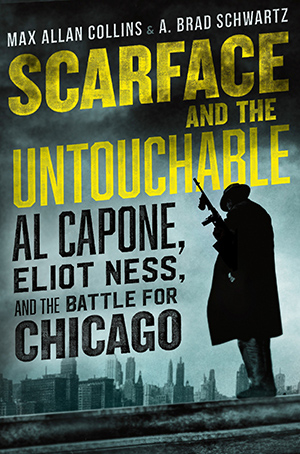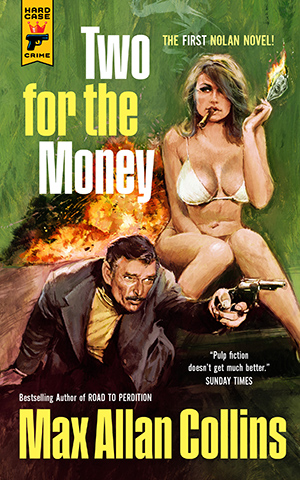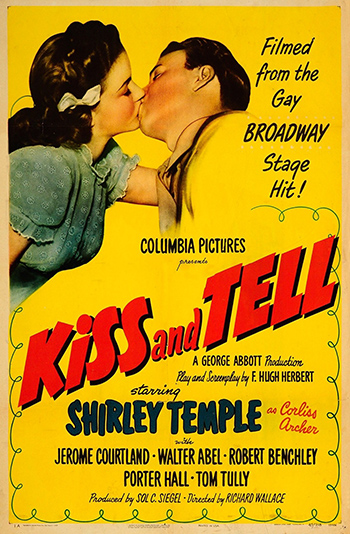We hope to have advance copies of Suspense – His & Hers before too long. The pub date is September 8. Wolfpack has done another outstanding job on the cover of this collection, a companion piece to Murder – His & Hers, also published by Wolfpack (originally published by Five Star).
These two His & Hers collections are unusual in that they gather individual stories by Barb and me, as well as collaborative ones. I feel my best individual short story I’ve ever written is in Suspense (“Amazing Grace”) and a collaborative one that is primarily by Barb (“What’s the Matter With Harley Quinn?”) is a particularly strong example of her work. These are both recent stories and reflect how personal experience impacts our writing. Also included are two Quarry short stories and the Edgar-nominated Ms. Tree prose tale, “Louise,” by me. Several “best of the year” stories by Barb are included.
“Amazing Grace” was suggested by my great grandparents’ Golden party. It was particularly significant in real life, and I had told Barb about it several times (my great grandfather, with all the family gathered at a big anniversary party, announced she was divorcing my great grandfather, a sweet tippler who deserved the boot). When I got the assignment to write a story involving an anniversary for an MWA collection, Barb reminded me of this true event and I was off and running.
“What’s the Matter With Harley Quinn?” derives from Barb’s experiences at the most recent San Diego Comic Con we were able to attend when she spent two days trying to get collectible pins for our (very much grown) son Nathan, who did not attend the con that year. Not a comics fan herself, Barb was thrown into a rather wild and wooly lion’s den and, typically, she came out bloody but unbowed, and with a story in mind. If Alfred Hitchcock Presents will still on, her stories would be a staple there. Our friend the late Ed Gorman frequently compared her work to Roald Dahl’s.
Our Antiques Carry On is out right now, and I hope you’ll look for it. Frankly, we haven’t seen it (a hardcover) in a Barnes & Noble or BAM! yet, the only bookstores we’ve been to in post-Covid. The book is very handsome and (I say with zero modesty) funny as hell, as well as a good mystery, so your support is encouraged. We have a new publisher, the British house Severn, and they packaged the book very well indeed. But the future of Brandy and Vivian Bourne is in your hands.
Speaking of bookstores, a friend of the family sent in this lovely display from Powell’s Books in Portland:
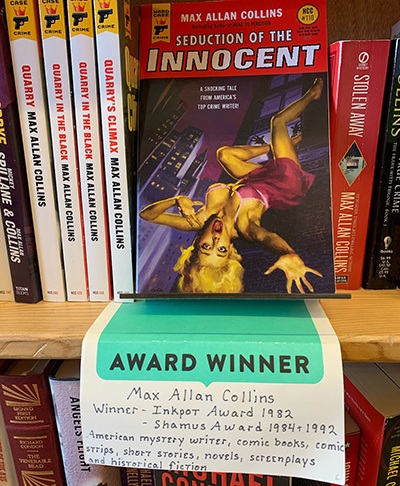
I have completed the 75th anniversary Mike Hammer novel, Kill Me If You Can, which will have five bonus Spillane/Collins short stories that include two Hammer tales. It’s going to be a special book, just one of a number of things I’m working on to make Mike Hammer’s anniversary (yes, this is an anniversary-themed update) special. The anniversary in question is the first appearance of the detective in I, the Jury (1947).
I should say first published appearance, because as those of you who have really been paying attention know…the first appearance of the character, as Mike Lancer, was in a Green Hornet comic book (#10, December 1942) and the character was first developed by Mickey as Mike Danger as a comic project that did not come to fruition, and in an unfinished novel that became the Spillane/Collins collaboration, Killing Town.
Kill Me If You Can is based on mid-‘50s material Mickey wrote with radio and later TV in mind, and gave me the opportunity to deal with the younger, psychotic Hammer in a more direct way than ever before. Basically it bridges Kiss Me, Deadly and The Girl Hunters (the film of which is on several streaming services right now, by the way).
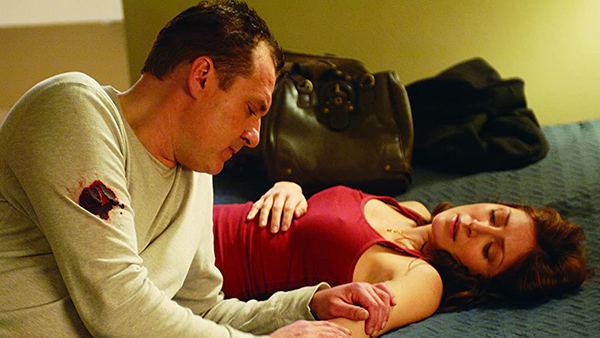
The Last Lullaby, based on the Quarry novel The Last Quarry with a screenplay co-written by me, is streaming in HD on Amazon Prime right now, included with your Prime membership (if you have one, of course). [And $2.99 to rent / $6.99 to buy if you don’t have Prime.–Nate] It’s a good film and is probably more in line with the novels than the Cinemax series was, though Quarry is called “Price” because I didn’t want to grant sequel rights.
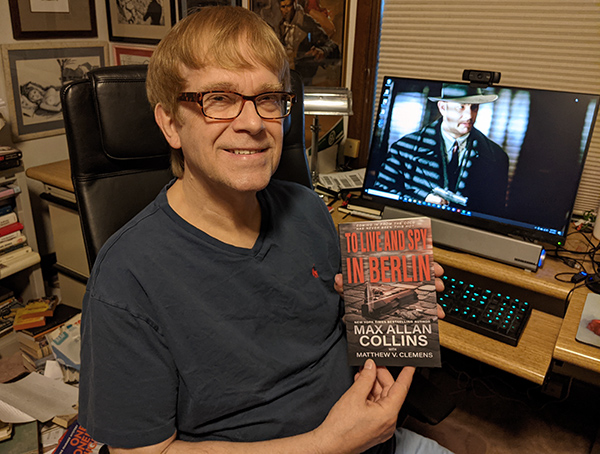
Finished copies of the trade paperback edition of To Live and Spy in Berlin by Matt Clemens and me were sent out to the winners of the most current book giveaway. It’s a thing of beauty, and that wonderful essay Jeff Pierce wrote about the series in January Magazine has sparked real interest.
And now the estimable Ron Fortier has written the following rave review, which I will (still immodest) share with you:
By Max Allan Collins with Matthew V. Clemens
Wolfpack Publishing 221 pgs
With this third installment of the John Sand series, Collins and Clemens put forth a proposition many past mystery writers have tackled; can marriage still be romantic and sexy? Following the events that were detailed in “Come Spy With Me” and “Live Fast, Spy Hard,” former British Agent John Sand and his Texas Oil Heiress wife, Stacey, have together joined the new international spy organization called GUILE created by U.S. President John Kennedy and run by former British Spy Chief Sir Lord Malcolm Marbury; known affectionately as Double M.
As we rejoin the Sands, the major issue between them is whether or not Stacey becoming an operative was a good idea or not. A series of lethal encounters with a team of professional assassins has John rethinking his decision. At the same time certain intelligence comes to the surface that former Nazis who escaped capture at the end of World War II may be active in Berlin, after having disappeared for several decades in certain South American countries. Bomb making uranium has been stolen and the likelihood of these renegade Nazis creating their own atomic bomb is a threat that cannot be ignored.
As in the first two entries, Collins and Clemens cleverly work in actual historical settings throughout the thriller, weaving their fiction skillfully around real people and the volatile political atmosphere of the early 1960s. Yet despite this outer layer of narrative, it is the relationship between John and Stacey that is truly captivating. It was impossible not to recall other literary and cinematic spouses from the past. From Nick and Nora Charles, to televisions Hart to Hart and McMillan & Wife, married duos sharing outlandish adventures worked remarkably well in the past and they are very much the pedigree of this thrill-a-minute new series.
As always, Collins and Clemens offer up a whole lot more than any back cover blurb can properly define. This series is brilliant in all its many aspects. If you’re a spy junkie like us, its time you met the Sands.
Ron does entertaining and informative reviews regularly at his Pulp Fiction Reviews blog.
And if you’re not a regular reader of J. Kingston Pierce’s Rap Sheet, you should be. There’s a mention of my stuff in this incredibly packed installment of his informative Bullet Points.
M.A.C.





